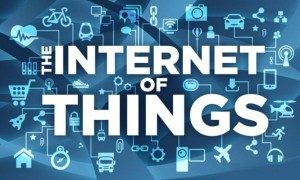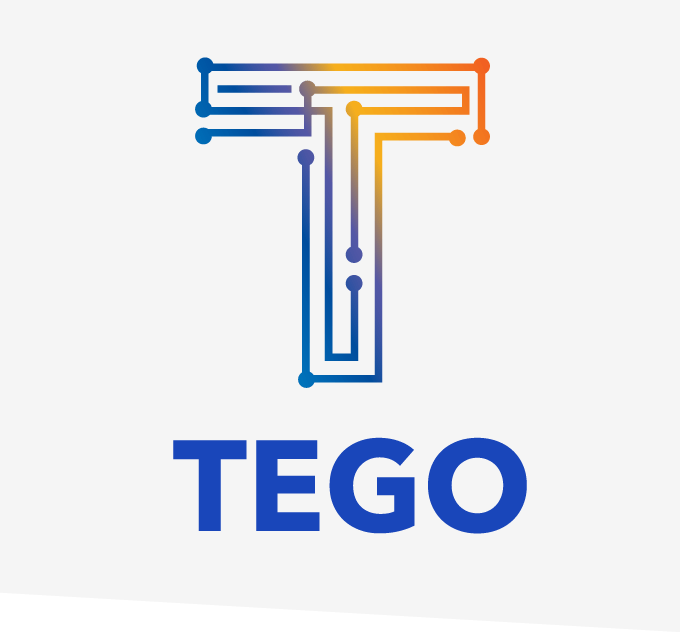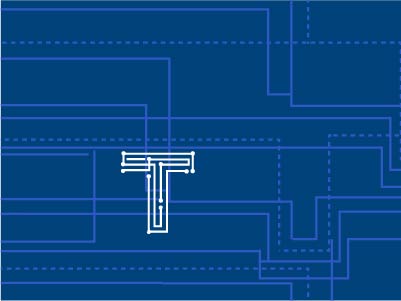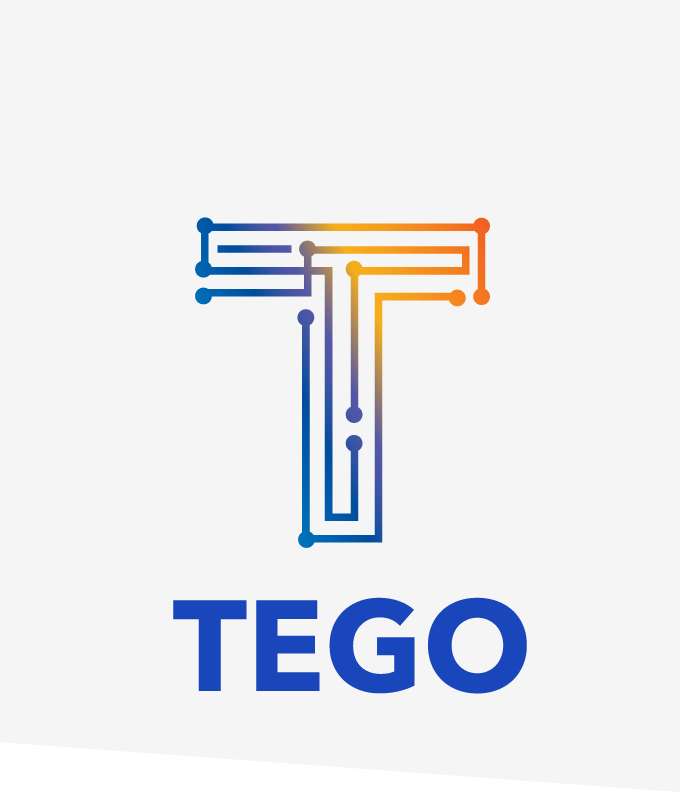Something interesting has happened to me recently. On three separate occasions over the past couple weeks, three different people have said to me, “What’s all this about the Internet of Things?”. These are all people that I consider to be pretty well clued in on current technology, all of them have invested in high-tech startups, and all make their livings in technology businesses of some sort. And yet each one of them didn’t understand why people are talking about an internet of things. Sometime late last year the IoT rose to the level of having its own recognizable three letter acronym (TLA) and it seems like media chatter on the topic is everywhere these days, so it came as quite a surprise to keep hearing this drumbeat of confusion. Now I know regular readers of this blog are all very savvy about the topic. Right? Right? Exactly. That’s part of the problem. IoT chatter has ramped up so quickly that people don’t want to admit that they don’t get it. Well, allow me to be the one to go back to the beginning and cover some basics.
In talking to these and now a bunch of other people as well, the confusion becomes apparent. Everyone eventually gets around to saying something like “It’s already an internet of things. I’m mean, it’s not actually me connected to the internet, it’s my phone or my computer. This is nothing new so why all the excitement.”

The Internet of Things on the other hand, looks forward to a network that is dominated by machine-to-machine communication. This type of communication involves one device communicating with another. It’s true that’s no different than in the human-to-human type since electronic devices are at the endpoints there as well, but the defining characteristic of machine-to-machine is that it happens without human involvement.
Let’s look at the often-sited IoT example of the connected home. It’s an early winter morning and you’re still asleep. During the night the temperature in your house was automatically lowered to an energy saving 62° Fahrenheit. Your alarm clock knows you’re about to get up, so it tells the thermostat to warm the house up to 70, and the ambient temperature gets there just as your feet hit the floor. You head down to the kitchen and hot coffee is waiting for you, courtesy of the coffee maker which also received a message from the alarm clock. Later when you leave for work, your car lets the thermostat know you’re out so the house temperature can be lowered again.
Notice that all these networked communications happened on your behalf, but without you needing to initiate them. In this case it was your activities that triggered a lot of the messages, but for a lot of communications the trigger will not involve humans at all but instead will be based on time of day or sensor outputs. As you can imagine, connected devices that are automatically generating messages have the potential to grow network communications in all those spectacular ways being touted in the media. The population of the planet is fairly static and will likely decline soon, so human-to-human or human-to-machine communication is naturally capped at every person alive controlling a small handful of devices simultaneously. But connected devices are proliferating rapidly, along with their automatically generated network traffic, and will eventually grow to outnumber humans many times over.
There’s one more thing to consider. In our connected home example, all the devices mentioned are what I would call heavyweight devices. They’re plugged into the wall, and they all include a fancy microprocessor. They all have a MAC address and an IP address, and they’re all running a full network stack. When talking about the Internet of Things, these devices contribute to application examples that are easy to understand, but in terms of shear numbers, these are not the connected devices that will dominate the network. In many applications there will be ultra-low-power wireless devices that will be deployed in much greater numbers. If a farmer wants to scatter networked sensors across his whole field, he’s not going to do it with devices running ARM processors and IP stacks. They are going to be RF connected devices that require little or no battery power and don’t need to provide realtime data. These are exactly the type of devices Tego is focussed on so I’ll be talking a lot more about this side of the IoT in future articles.



